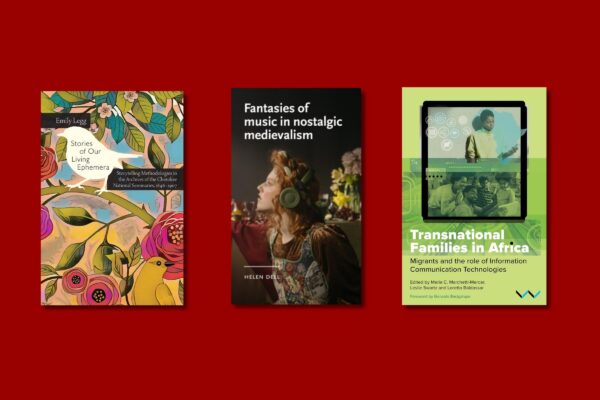
Making the move to JSTOR before the Artstor website is retired on August 1, 2024? We want to dispel some myths that might be causing you concern. This transition is designed to improve your research, teaching, and learning experience by making resources more accessible. In this blog post, we’ll set the record straight on some top concerns to make your Artstor on JSTOR experience smooth sailing.
Can I search JUST for images on JSTOR?
Answer: You can indeed search exclusively for images on JSTOR!

You can use the image tab in the global search bar and JSTOR home page, or head directly to the images landing page: jstor.org/images. As on library.artstor.org, this will search for images in licensed Artstor collections, institutional collections, and public content. Plus, all of the same search filters from Artstor are available on JSTOR–with some helpful additions! The new Refine Results sidebar is designed to help users gradually narrow the scope of a search depending on results.
Want to search within the Artstor collections only? No problem–just click the Artstor Collections tab or go straight to https://www.jstor.org/images#artstor-collections.
Is ALL Artstor content on JSTOR?
Answer: Artstor is fully integrated into JSTOR.
This integration streamlines your research process by combining the rich databases of both platforms. This means you can access a broader range of content, including articles, books, and images, all in one place. When you search on JSTOR, you are indeed searching virtually everything in the Artstor library as well–99% of licensed Artstor collections that are available on the Artstor site are also available on JSTOR, as well as all Open Artstor collections. We want to be fully transparent here: some of the 1% actually withdrew from Artstor (e.g. Conde Nast) and is no longer available on Artstor either.
But now for the exciting news: You’ll find even more content on JSTOR than you did on Artstor! We’ve also already added new licensed Artstor content to JSTOR only, such as the Modern and Contemporary American Art collection from Art Resource. And, if you were a fan of the public collections available on Artstor, JSTOR also has over 1,000 NEW open collections!
What happens to my Artstor image groups?
Answer: They’re waiting for you on JSTOR Workspace.
While the term “image groups” might be gone, the functionality certainly isn’t. JSTOR Workspace allows you to save and organize images, similar to how image groups functioned on Artstor. Plus, you can now include textual resources in your collections, enhancing your ability to organize and cross-reference materials.

Had image groups on Artstor? They’re on JSTOR waiting for you! Back in February 2024, we copied them to your Workspace. You can view your groups by logging into JSTOR and selecting the Workspace tab from the main navigation. From there, you can interact with your groups using the tools on Workspace, including presenting and comparing in full screen; exporting to PDF, PowerPoint, or ZIP; sharing with others at your institution; and supplementing with more content from Artstor, other primary source collections, and the JSTOR corpus–or uploading your own! See Your Artstor Image Groups on JSTOR for more.
Made changes to your image groups on Artstor since February? No problem–you can quickly make a new copy of any of those groups with our copy tool on JSTOR.
Do I need a subscription to JSTOR to access Artstor on JSTOR?
Answer: No JSTOR subscription needed to access Artstor or related functionality on JSTOR.
As an Artstor user, you don’t need a subscription to other JSTOR content to access Artstor on JSTOR. The platform, its suite of features for working with images, and millions of open access articles, books, research reports, and primary sources are free regardless of any subscription.
Can I find multimedia on JSTOR, too?
Answer: JSTOR includes audio, video, and panorama–just like Artstor.
JSTOR is more than just a repository for images and text. The platform also hosts a variety of multimedia resources, including audio, video, and panoramic views, which can greatly enrich your research and learning experience. These resources allow for a more comprehensive and immersive exploration of topics.
When and how should I start using Artstor on JSTOR?
Answer: Artstor on JSTOR is ready for you now!
Our welcome page is a great place to start, offering a wealth of materials to help you get the most out of the new experience. Prefer video introductions? Check out the recording of our recent images on JSTOR training webinar, which includes timestamps to help you find what you need quickly.



